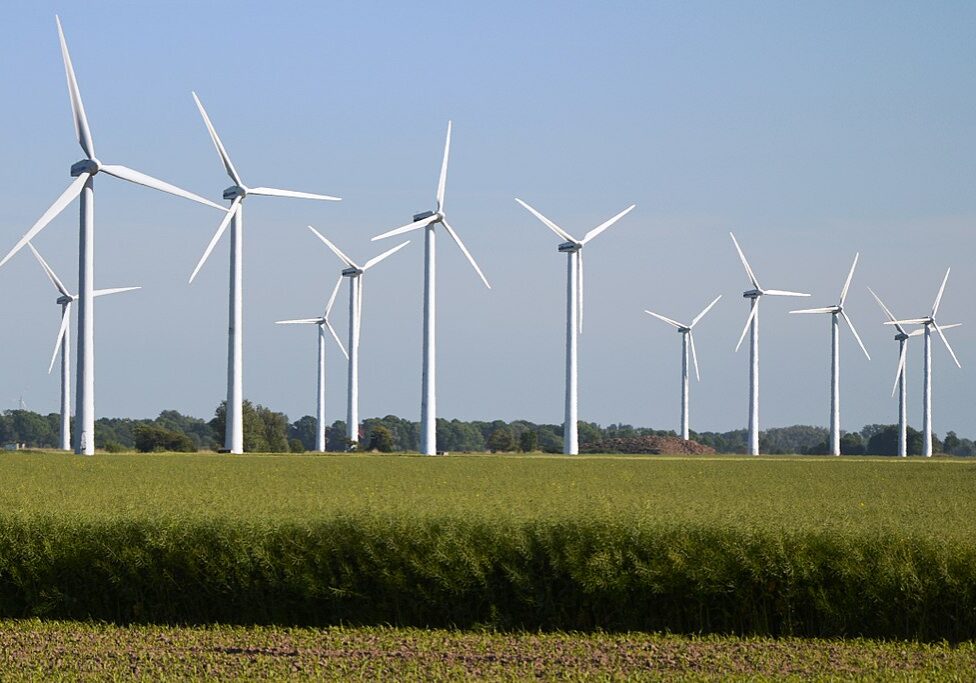The Washington Post gets it wrong (again) on nuclear power

The Washington Post ran a January 1, 2022 pro-nuclear editorial full of the usual clichéd misconceptions about both France and Germany. This followed an article replete with similar errors of fact. Both times, we wrote in, but the Post has declined to publish our responses. Here is the letter to the editor sent in response to the editorial. Constrained by the Post‘s word length, it just touches on a few of the misrepresentations of reality in these two countries.
The criticism of Germany’s nuclear phaseout was ironic in its timing since it is France, 70% dependent on nuclear power, that is currently facing potential electricity shortages. (Germany is closing its last nuclear plants. What a mistake.)
Germany’s renewable energy sector has been comfortably filling the gap left by closed nuclear plants and a steep reduction in fossil fuel production. Meanwhile, as a winter freeze grips France, fears of power cuts have been prompted by the shutdown of just four of the country’s 56 reactors, due to critical safety reasons.
With France 100% reliant on electric heat, and the nuclear monopoly having stifled renewable energy growth, the only fallback is to import coal-fired electricity, mainly from Germany. When German coal generation increases, it is market driven for export, unrelated to the nuclear shutdown, and leaves Germany’s green energy targets unaffected.
President Macron’s promise to expand the French nuclear sector is not a credible solution to lowering greenhouse gas emissions. French utility EdF’s flagship EPR reactors under construction in France, the UK and Finland are years behind schedule and massively over-budget. The first EPR to operate, in China, had to be shut down due to a serious safety flaw that is likely generic to the entire fleet, news that caused EdF’s shares to plunge.
It might also be sobering to look in the mirror. Greenhouse gas emissions in the United States are twice as high per person as they are in Germany. Germany is on target to achieve an 80% share of renewables by 2030 and phase out coal. The White House, by contrast, aims for just a 50%-52% reduction in carbon emissions from 2005 levels by 2030. (Headline photo of German wind farm by Spielvogel/Wikimedia Commons)
Support Beyond Nuclear
Help to ensure a safer, greener and more just world for all

